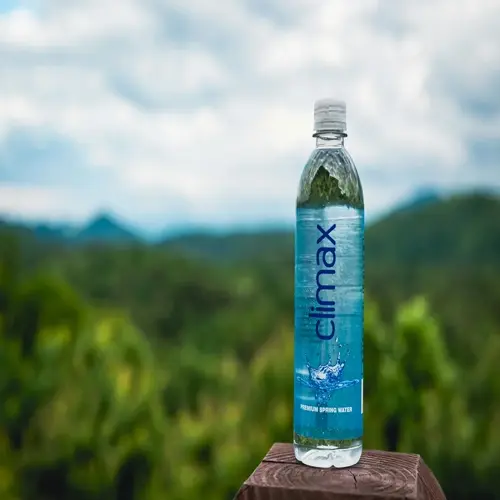How do cooking methods affect food antioxidants?

Written by
Robert Kelly
Reviewed by
Prof. Graham Pierce, Ph.D.Cooking methods significantly impact the retention of antioxidants in food. Mild methods preserve heat-sensitive nutrients, such as vitamin C and enzymes. In contrast, high-temperature methods destroy delicate substances and form hazardous oxidized products. By selecting the proper methods of preparation, the maximum benefit can be obtained from all necessary ingredients.
Water-Soluble Vitamins
- Steaming preserves 90% of vitamin C versus boiling's 40% loss
- Quick blanching retains B vitamins in vegetables
- Avoid soaking which leaches nutrients into water
Fat-Soluble Antioxidants
- Sautéing below 350°F prevents antioxidant degradation
- Light cooking increases lycopene bioavailability in tomatoes
- Avoid reused frying oils creating lipid peroxides
Enzyme Preservation
- Raw consumption maintains myrosinase for glucosinolate activation
- Fermentation enhances nutrient bioavailability
- High heat denatures digestive enzymes
Steaming is the best method for vegetables like broccoli and spinach. It retains almost 90% of its vitamin C, compared to boiling. This gentle heat softens their cell walls without leaching nutrients into water. I steam my greens just until they turn brilliantly green to preserve their sulforaphane content.
Tomatoes represent unique cooking contradictions. Raw tomatoes contain vitamin C. Cooked tomatoes, however, have a higher availability of the beneficial protective agent, lycopene. Sautéing or roasting tomatoes at temperatures below 375 degrees increases the absorption of valuable carotenoids, such as lycopene, a potent antioxidant nutrient in the body. The addition of olive oil further improves the absorption of the fat-soluble vitamins. This is indicative of a strategic way of cooking.
High-heat cooking methods create harmful compounds that increase the oxidative load in processed foods. Frying produces acrylamides in starchy foods. Additionally, grilling creates advanced glycation end products from the charring of foods. These compounds counter the antioxidants in foods. As such, I recommend you use baking or air-frying as safer high-heat alternatives when necessary.
For optimum protection, we must combine strategies. Combine raw garlic with cooked tomatoes for alliin. Cooked greens with lemon juice are important for iron absorption; it's the acid in the lemon juice that facilitates this process. Seasonings, such as rosemary, added to roasted vegetables help prevent the oxidation of oils. These small variations greatly improve the antioxidant potential of the foods included in meals.
Read the full article: Oxidative Stress Reduction: Proven Strategies

